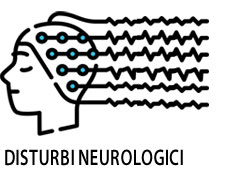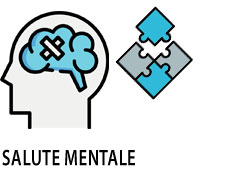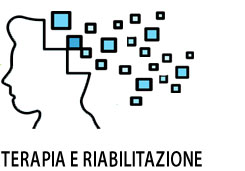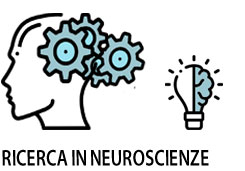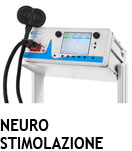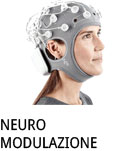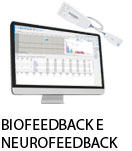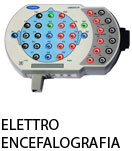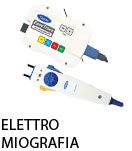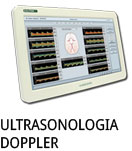- +39 011 5821948
- info@geasoluzioni.it
- Lun - Ven 8:00 - 17:30
Combined transcranial magnetic stimulation in the treatment of chronic tinnitus.
- Abstract:
- OBJECTIVE: Repetitive transcranial magnetic stimulation (rTMS) is currently being tested for suppressing the symptoms of subjective chronic primary tinnitus, although its effect is controversial. The aim of this randomized double-blinded controlled trial was to determine the effect of rTMS with unique settings for tinnitus treatment. METHODS: Fifty-three adult patients suffering from chronic subjective unilateral or bilateral nonpulsatile primary tinnitus for at least 6 months were randomly assigned to rTMS (group 1, n = 20), sham stimulation (group 2, n = 12), or medicament therapy only (group 3, n = 21). The dorsolateral prefrontal cortex (frequency 25 Hz, 300 pulses, and 80% resting motor threshold [RMT]) on the left side and primary auditory cortex (1 Hz, 1000 pulses, 110% RMT) were stimulated on both sides in patients in group 1 for 5 consecutive days. The Tinnitus Reaction Questionnaire (TRQ), Tinnitus Handicap Questionnaire (THQ), Tinnitus Handicap Inventory (THI), Beck Depression Inventory (BDI), pure-tone audiometry with Fowler scoring of hearing loss, and tinnitus analysis were used to evaluate tinnitus in all patients. Data were recorded the day the patient was included in the study and at 1- and 6-month follow-up. RESULTS: The study groups were homogenous. No significant effect of rTMS was found at 1 or 6 months based on the BDI, THQ, and TRQ scores or tinnitus masking. There was a significant but clinically irrelevant effect on the THI score after 1 and 6 months. INTERPRETATION: No significant effect of bilateral low-frequency rTMS of the primary auditory cortex and high-frequency stimulation of the left dorsolateral prefrontal cortex was demonstrated.
- Patologie/Applicazioni:
- Anno:
- 2018
- Tipo di pubblicazione:
- Articolo
- Parola chiave:
- stimolazione magnetica transcranica; tinnitus; studio double blind; corteccia frontotemporale; corteccia uditiva primaria
- Testata scientifica:
- Annals of clinical and translational neurology
- Nota:
- La corteccia prefrontale dorsolaterale (frequenza 25 Hz, 300 impulsi e 80% di soglia motoria a riposo [RMT]) sul lato sinistro e la corteccia uditiva primaria (1 Hz, 1000 impulsi, RMT del 110%) sono state stimolate su entrambi i lati per 5 giorni consecutivi. Nessun effetto significativo di rTMS è stato riscontrato a 1 o 6 mesi.
- DOI:
- 10.1002/acn3.587
Hits: 2156
La nostra storia
GEA soluzioni si affaccia nel 2013 al mercato della strumentazione medicale di alto livello tecnologico ma la sua storia parte da più lontano, clicca qui per approfondire.
GEA SOLUZIONI SRL
via Issiglio 95/10, Torino
Tel.: 011 5821948 / 011 4463853
Fax: 011 0433281
Email: info @ geasoluzioni.it
P. IVA IT11696920013
REA TO1233648

